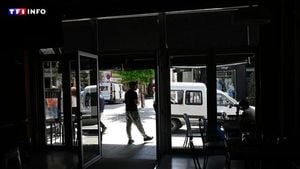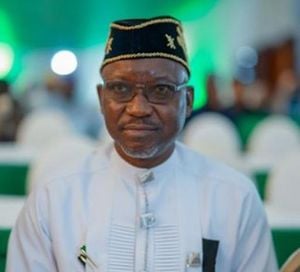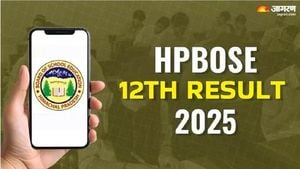Sheffield recently faced escalating tensions as far-right groups clashed with counter-protesters, drawing significant media attention and public concern. During the weekend of August 4, anti-immigration demonstrators gathered but were massively outnumbered by those opposed to their views. The counter-protests were spirited, with participants from groups like the Trade Union Congress (TUC) and Stand Up to Racism joining countless local residents who wanted to express their dissent against far-right ideologies.
Social media captured the intense atmosphere of the protests, with one tweet humorously noting, "To the 5 people who showed up to the fascist march, can Sheffielders make their position any clearer?" The mocking tone underscored the unity against extremism felt by many local citizens.
Unfortunately, the demonstrations took a violent turn, with videos surfacing of far-right protestors engaging aggressively. One video showed a protestor, brandishing the England flag, suffering injuries after being confronted. He was later depicted bloodied, receiving assistance from police officers, highlighting the potential for violence during these events.
The surge of protests and counter-protests is linked to heightened tensions following the tragic deaths of three girls in Southport. The incidents sparked misinformation about the alleged perpetrator’s identity, and far-right groups began targeting mosques and hotels housing asylum seekers, triggering fear and rage among various communities.
Rotherham, not far from Sheffield, experienced its own troubles as rioters attempted to attack a hotel accommodating refugees, raising alarms about public safety and community tensions. The Prime Minister condemned these actions, framing them as “far-right thuggery,” pledging stricter enforcement against those inciting violence. He stated emphatically, "Be in no doubt: Those who have participated in this violence will face the full force of the law."
On the approaching date of August 7, anticipation grew around another planned far-right demonstration. Many businesses proactively shuttered their doors, reflecting the fear of potential violence reminiscent of the recent unrest seen nationally.
Counter-protesters mobilized yet again, this time chanting defiant slogans such as “Refugees are welcome here” and “Sheffield stands up to racism,” emphasizing solidarity and support for vulnerable communities. A large police presence was maintained, heightened by the chaos witnessed during previous protests where violence erupted.
Yet, not everyone at the scene shared the same sentiments. Some individuals, standing against the counter-protesters, expressed anti-refugee viewpoints, adding to the already charged atmosphere. South Yorkshire police took precautionary measures, warning various groups about the legal consequences of aggressive actions, particularly noting the number of arrests already made during recent demonstrations nationwide.
This became evident as counter-protesters relentlessly chanted, “What do we do when refugees are under attack? Stand up and fight back,” exemplifying their passion for defending the rights of those marginalized by society. They discouraged any inclination toward violence, signaling their intent to maintain peace and promote unity.
Despite the concerns surrounding safety and public order, discussions about the motives and sentiments among protesters reveal the deep rift within communities. The protests are not merely about policy or political ideologies but reflect broader societal issues, including immigration, national identity, and community safety.
With emotions running high and uncertainty looming, Sheffield's public continues to grapple with the contrasting views within their city. Some concern focused on how these protests might influence the political climate, inciting responses from local authorities committed to ensuring order and safety.
A reminder of the fragility of peace emerged when mobs intentionally disrupted local hotels providing safe haven for refugees. The shockwaves from the riots raised glaring questions about community cohesion and the underlying societal attitudes toward immigration and asylum policies.
Sheffield's experience echo sentiments heard across various cities, where community members must navigate complex societal challenges. Addressing these issues remains pivotal not just for immediate safety but for fostering long-term unity among diverse populations.
Overall, the recent surge of protests, counter-protests, and riots across Sheffield and its surrounding areas illustrates the evolving narrative surrounding immigration and citizenship. It raises critical questions about how communities can engage within such tumultuous contexts, ensuring inclusivity and support for all.
Looking forward, Sheffield's residents seem determined to make their voices heard, representing the battle between compassion and fear, community and division. How this will evolve remains to be seen, but the people of Sheffield have made it clear: they're not backing down anytime soon.



